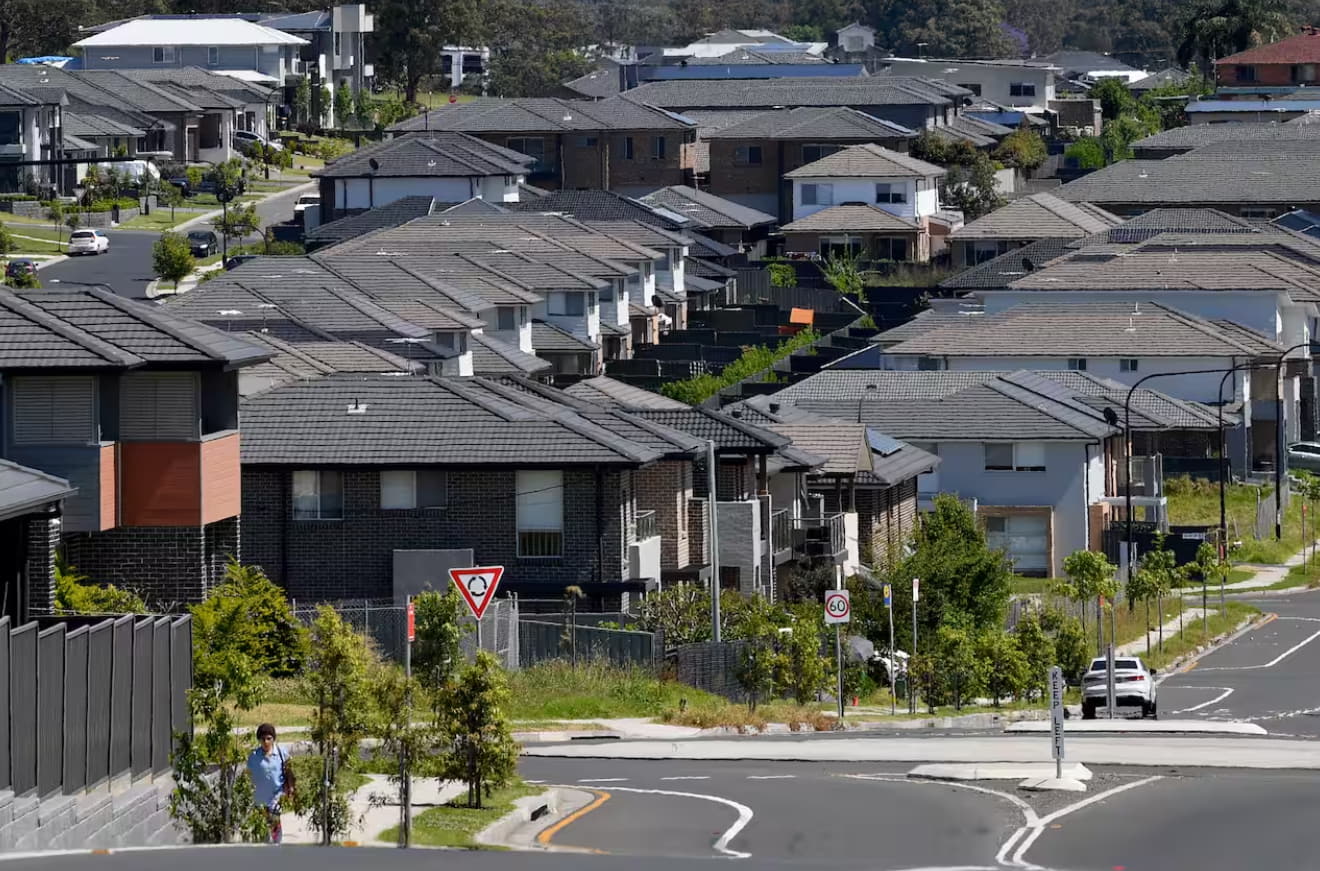The Australian housing market is a complex and dynamic entity, influenced by a myriad of factors. Understanding these underpinnings can enable prospective buyers, sellers, and investors to make informed decisions. Let’s delve into the key elements that shape this crucial market.
The Power of Location
The old adage “location, location, location” holds true in the housing sector. The proximity to essential amenities such as schools, hospitals, shopping centres, and public transportation significantly impacts the value of a home. Moreover, the desirability of the neighbourhood, characterized by its safety, cleanliness, and community engagement, plays a pivotal role in determining property prices.
The Influence of Property Characteristics
The age, size, and condition of a property can sway its Australian property market value. Older homes may require more maintenance or renovation, which could lower their appeal. Conversely, newer properties or those recently renovated might fetch higher prices. The size of the property, including the number of rooms, bathrooms, and overall usable space, also matters. Larger homes, especially those with well-designed layouts, tend to command higher prices.
Economic Conditions and Their Impact
Economic conditions, both local and global, can have profound effects on the housing sector. When the economy is thriving, people have more disposable income, leading to increased demand for homes and pushing up prices. In contrast, during economic downturns, demand often wanes, resulting in lower property prices.
The Role of Supply and Demand
The housing sector, like any market, is subject to the laws of supply and demand. A shortage of homes relative to demand can cause prices to escalate. Conversely, an oversupply of properties could result in a buyer’s market, with prices falling as sellers compete for limited buyers.
The Effect of Interest Rates
Interest rates, set by central banks, can significantly influence the housing market. Lower interest rates make mortgages more affordable, spurring demand for homes. On the flip side, higher interest rates can dampen demand as borrowing becomes more expensive.
The Impact of Future Development
Potential future development in a neighbourhood or city can affect property prices. Areas expected to undergo significant development or regeneration often see a boost in property values as buyers anticipate improved amenities and infrastructure.
In conclusion, understanding the multifaceted nature of the Australian housing market is crucial for anyone looking to buy, sell, or invest in property. By considering factors such as location, property characteristics, economic conditions, supply and demand, interest rates, and future development, one can navigate this complex market with greater confidence and success.

